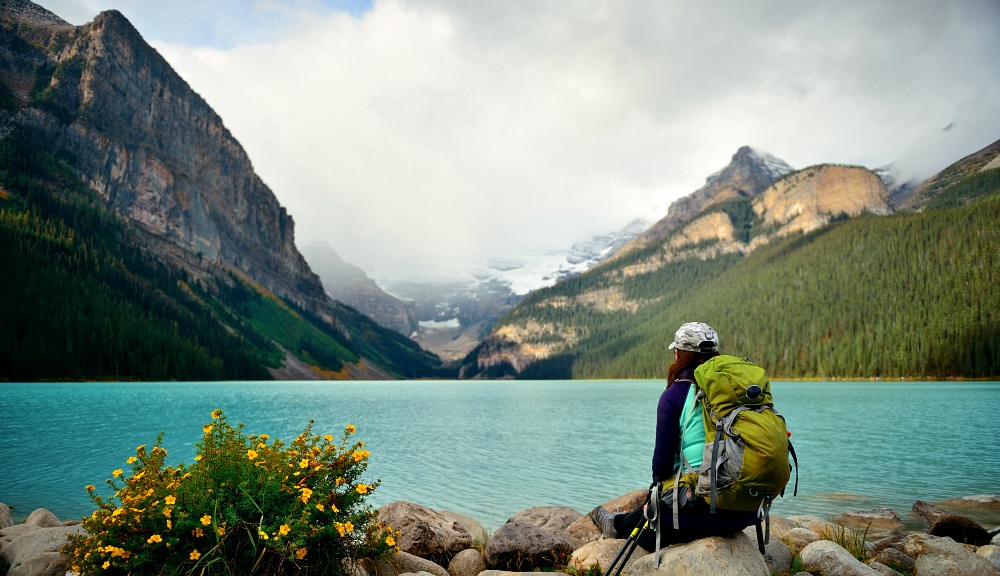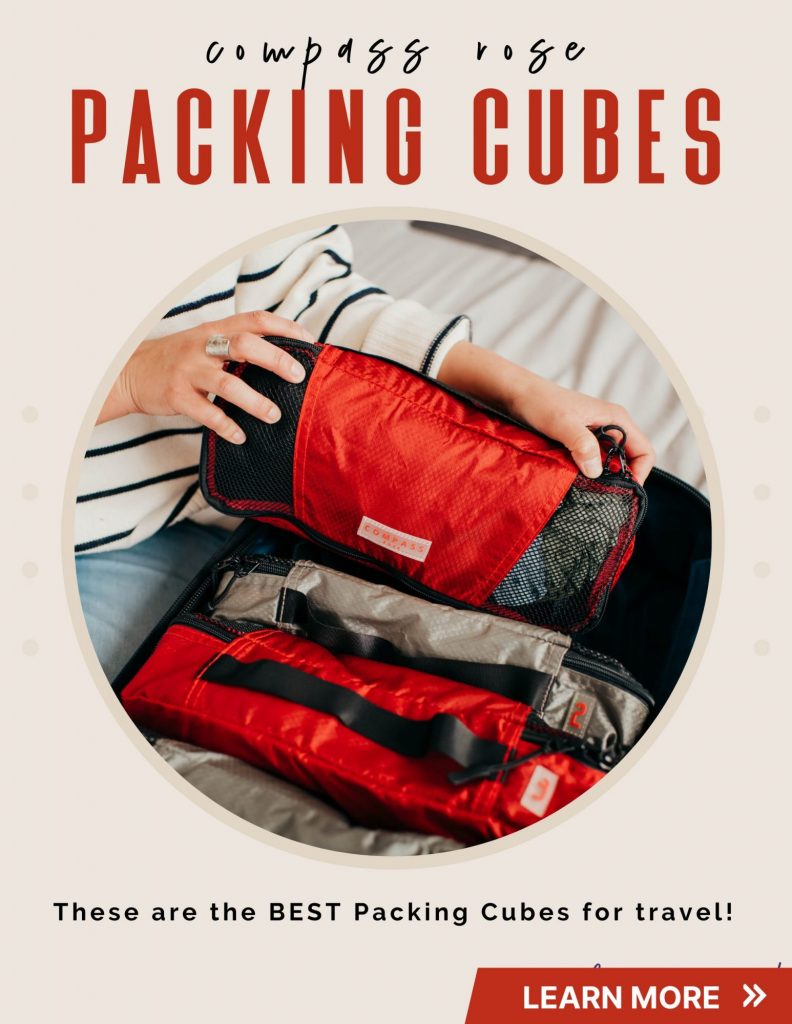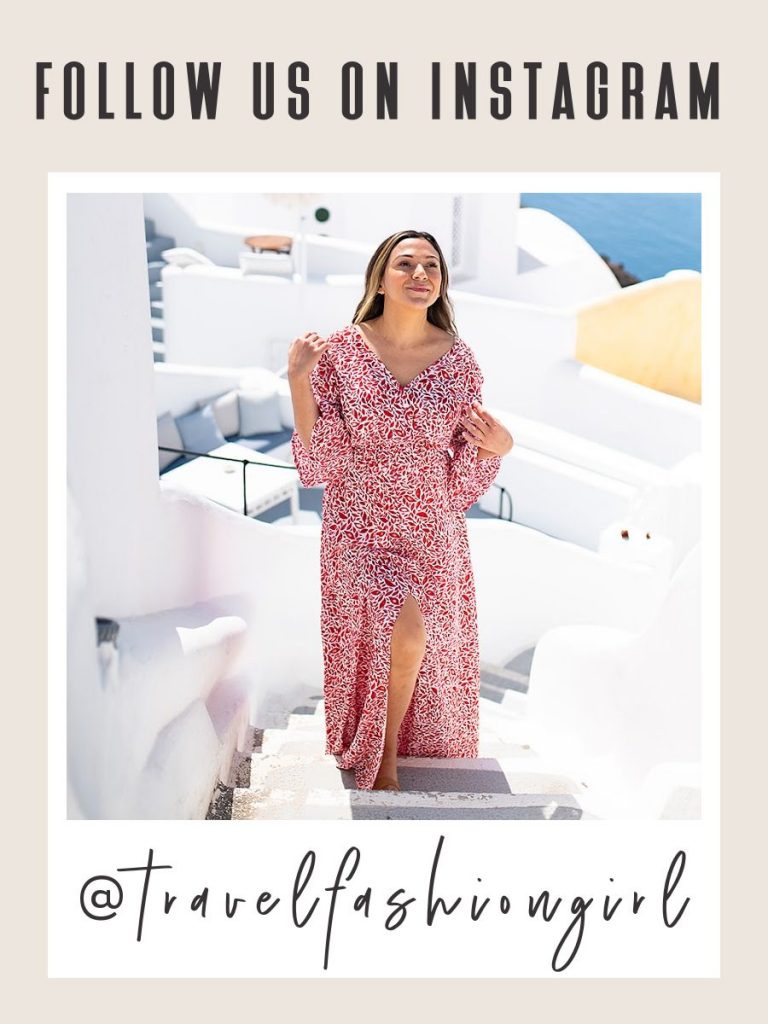Support TFG by using the links in our articles to shop. We receive a small commission (at no extra cost to you) so we can continue to create helpful free content. We earn from qualifying purchases made to the featured retailers. Thank you, we appreciate your support!
Heading to a Canadian National Park? You’re in luck! They are a great place to be during the summer. This post will prepare you on what to pack from head to toe!
Packing for Canadian National Parks
Written By: Julia K
The climate at Canadian National Parks can be somewhat unpredictable, even during the summer. From sunny, hot, and humid, it can turn to rainy and chilly in no time.
Tip: Read up on notices in the area you’re planning to visit. Sometimes a park can be closed for some reason, like a landslide. Avoid disappointment by calling ahead!
It’s a good idea to pack fitted clothes–not too loose and not too tight. If they’re too tight, you’re going to be constrained in your movements. If they’re too loose, you’re going to be sweating bullets and getting snagged in branches or collecting dirt.
Here’s what you need to have a headache-free, nature watching hike:

Repellent | Water Bottle | Hat | Sunscreen | Sunglasses | Tank | Backpack | Bra | Hoodie | Shoes | Leggings
Tops
- Mixed fabric cotton and nylon t-shirts: black and white, preferably a crew neck
- Long sleeve t-shirt with moisture control
- Long sleeve t-shirt, preferably cotton
- A warm cardigan or sweater for evenings as temperatures drop significantly
- A lightweight, waterproof windbreaker
Tip: If you’re going to the mountainside, check the forecast frequently. The weather could change every 30 minutes!

Hat | Sunglasses | Lip Balm | Repellent | Sunscreen | Water Bottle | Top | Backpack | Jogger | Jacket | Pants I Shoes
Bottoms
- Moisture-control pants. Remember to cover all of your body when going on a hike! Bugs are a buzz kill when wearing shorts. You can roll up the pant legs for a bit of air flow if you’re too hot.
- Shorts to walk around in your hotel.
- Avoid jeans and cotton leggings for hiking as they tend to cling close to the body and dry slowly.
These stylish summer shorts will take you from day to night, city to sea, and so much more!

Lip Balm | Case | Blanket | Repellent | Tee | Cardigan | Bag | Shoes | Socks
Clothes
- Comfy clothes to wear around the cottage
- Maybe a pair of flip-flops to wear inside
- A swimsuit, if your accommodation has a hot tub
- Pajamas. These can be the t-shirt mentioned above and cotton leggings
Read these tips for the best travel underwear and the brands that top our list!

Backpack | Hat | Sunglasses | Insect Repellant Bracelet | Whistle | Camera | Bear Spray | Lip Balm | Snack Bar | Water Bottle | Whistle Necklace | Insect Repellent Spray | Sunscreen
Helpful Items
- A whistle, in case you get lost
- GPS
- Bug spray
- Bear spray
Bear, moose, and deer occurrences during summer are more frequent than not. Don’t take pictures or videos of nearby wild animals larger that a rabbit; think about your safety first. Read up on how to escape and what not to do during a random meet up!
What’s the best insect repellent? Find out here!
Other Essentials
- A leak-free water bottle
- GoPro camera or regular camera
- A small backpack to carry everything
- Band-aids
- Snack bar(s), depending on how hungry you get during hiking
- A plastic bag for trash. Don’t leave anything behind, as it attracts animals!
- A hat to protect your face from the sun
- Sports bras and seamless moisture-control underwear
- Sunglasses with good coverage
- Sunblock. Even if you’re in a forest, there are patches of sun here and there, and when walking among the mountains, the sun can be especially strong. Protect your skin at all times!
Tip: If you see a pathway that looks like a clear path but is too narrow to be used by a human, walk away immediately. It might be a moose pathway; they are territorial and aggressive.
Find out the 8 essentials you need to pack when planning for budget travel!

Slip-On | Trainers | Hiking Shoes
Footwear
- Sweat-free, closed walking shoes. You don’t want debris, stones, sand, or bugs, mingling with your toes!
- Don’t wear flip flops or sandals (except maybe in your lodging). New Balance sneakers, Sketchers GOwalks, or Merrells are good options.
- Moisture-wicking thick socks. Thin socks will get soaked fast and might cause blisters or athlete’s foot if you’re walking for a long time.
These are the 40 best travel shoes as chosen by TFG’s readers. Find out what they are, why they’re recommended, and why you may want to wear them, too!
Canada’s nature is breathtaking when it comes to hiking. Pack well and stay safe!
What are your packing tips when visiting Canadian National Parks in the summer? Share them below!
For more Canada packing tips, please read:
- How to Pack for Toronto
- What to Pack for Newfoundland
- What to Wear in Montreal in Winter
- What to Wear in Vancouver
Suggested travel resources:
- Lonely Planet Canada (Country Guide)
- Lonely Planet British Columbia & the Canadian Rockies (Travel Guide)
LIKED THIS POST? PIN THIS PIC TO SAVE IT!

I hope you liked this post on what to wear when visiting Canadian National Parks in the summer. Please share it with your friends on Facebook, Twitter, and Pinterest. Thanks for reading!

Author Bio: Julia K is a travel blogger who believes in utilizing every item in her luggage 101%. When at home, she likes to explore what’s new in the world of travel fashion, food, and travel gadgets. Follow her on Instagram, Facebook, Twitter, and her blog.










Yes, it is the 150 the birthday. There will be lots of people visiting the parks, especially since they are free this year. Check before you go. Some places ( for example, Lake Louise) may temporarily close entry due to overcrowding. That happened last year. Don’t let it put you off. The parks are big and the mountains are glorious. There’s lots of room for everyone! P.S. Great tips Gillian.
Great tips Liza, thanks!
It’s also a great year to visit – our national parks are free to enter this year for Canada’s 150th birthday!
Good to know! Thank you 🙂
Definitely bring a swimsuit. Canada’s parks are full of rivers and lakes (not all are too cold for swimming) and several natural hot springs.
There is way more to do than hiking and cottaging. Banff and Jasper are lively towns with great restaurants, cafes and shopping. There are short hikes, scenic drives, bike trails, lake cruises, rafting, canoeing, interpretive centers… all kinds of stuff for all ages and levels of activity.
I would add a sundress or two, sandals, some casual activewear, and comfy driving clothes (because drives are long and often delayed by construction, landslides, animals or scenes you just have to stop to appreciate)
Thank you for the helpful suggestions Gillian!